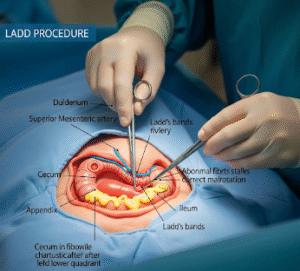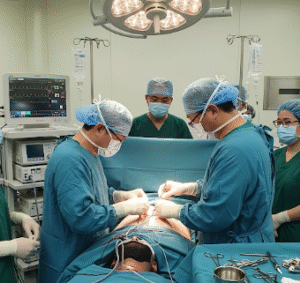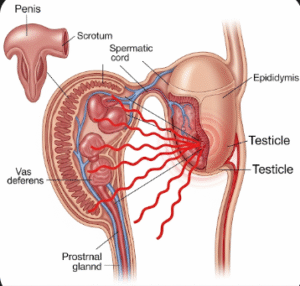Overview
Childhood Absence Epilepsy (CAE) is a type of epilepsy that typically begins in children between the ages of 4 and 10 years. It is characterized by frequent, brief episodes of staring or “absence seizures,” during which the child becomes unresponsive for a few seconds. In Korea, CAE is well-recognized, and advanced pediatric neurology services provide accurate diagnosis and effective treatment to help children manage seizures and live normal lives.
What is Childhood Absence Epilepsy?
Childhood Absence Epilepsy is a neurological disorder marked by sudden, brief lapses in consciousness without convulsions. During these seizures, the child may stare blankly, stop talking mid-sentence, or fail to respond to their surroundings. Episodes usually last 5–15 seconds and may occur dozens or even hundreds of times per day. Unlike other seizure types, CAE does not typically cause long-term developmental issues if treated properly.
Symptoms
- Frequent staring spells lasting 5–15 seconds
- Sudden pauses in speech or activity
- Repetitive movements such as lip smacking, blinking, or finger rubbing
- Lack of awareness during episodes
- Resumption of activity without memory of the event
- Difficulty in learning or school performance due to frequent interruptions
Causes
- Genetic predisposition (family history of epilepsy)
- Abnormal electrical activity in the brain, especially in the thalamocortical circuits
- Sometimes linked to imbalances in neurotransmitters such as GABA
Risk Factors
- Children between 4–10 years old
- Family history of epilepsy or absence seizures
- Female children (slightly higher prevalence)
- History of febrile seizures
Complications
- Learning difficulties due to frequent interruptions in attention
- Increased risk of injury during seizures (though less severe than convulsive seizures)
- Social and behavioral challenges if untreated
- Possible progression to other seizure types (such as generalized tonic-clonic seizures) in adolescence
Prevention
- There is no absolute way to prevent CAE, but:
- Early detection and medical treatment can minimize complications
- Avoiding seizure triggers such as sleep deprivation, stress, or flashing lights may help
- Adhering to prescribed medications reduces seizure frequency and impact
Treatment Options in Korea
Korea offers advanced diagnostic and treatment facilities for epilepsy in children through specialized pediatric neurology departments. Common approaches include:
- Diagnosis: EEG (electroencephalogram) is widely used to detect the characteristic 3-Hz spike-and-wave discharges of CAE. MRI may also be performed to rule out other conditions.
- Medication:
- Ethosuximide (first-line treatment for absence seizures)
- Valproic acid (effective if other seizure types are also present)
- Lamotrigine (alternative option)
- Lifestyle management: Maintaining good sleep hygiene, stress reduction, and regular medical follow-ups.













